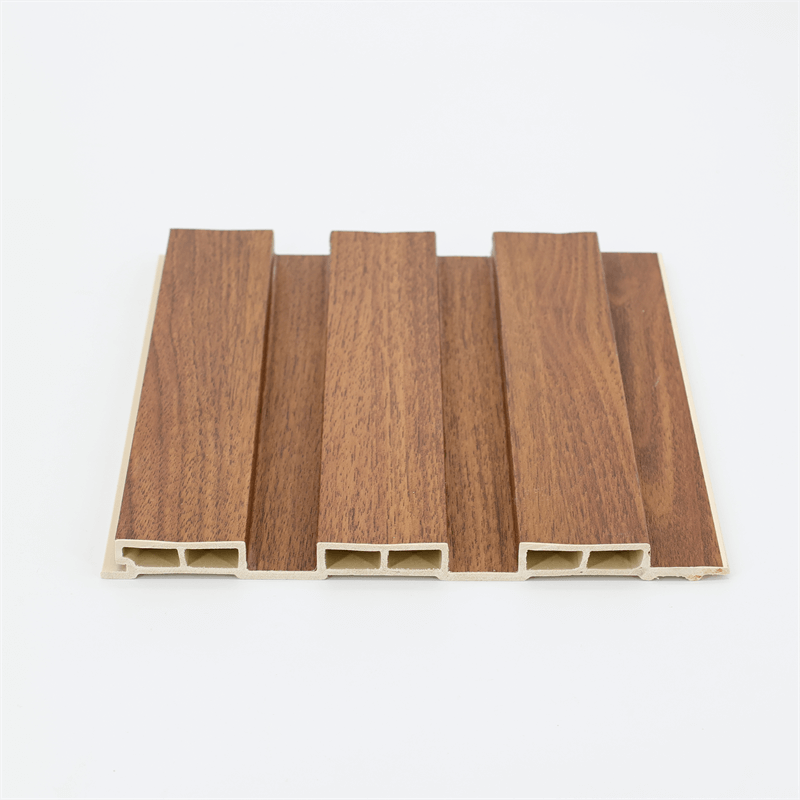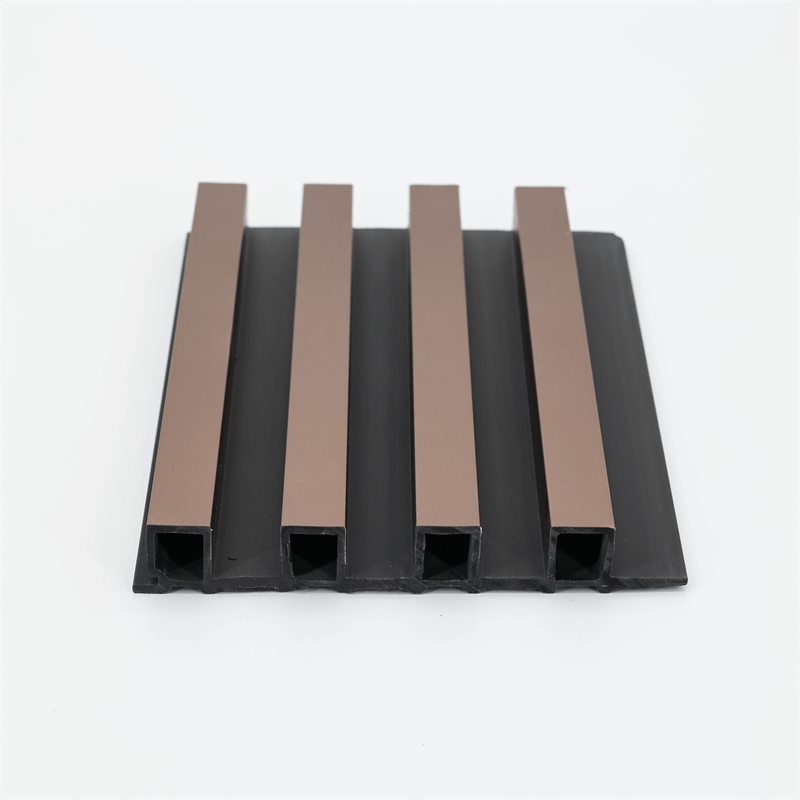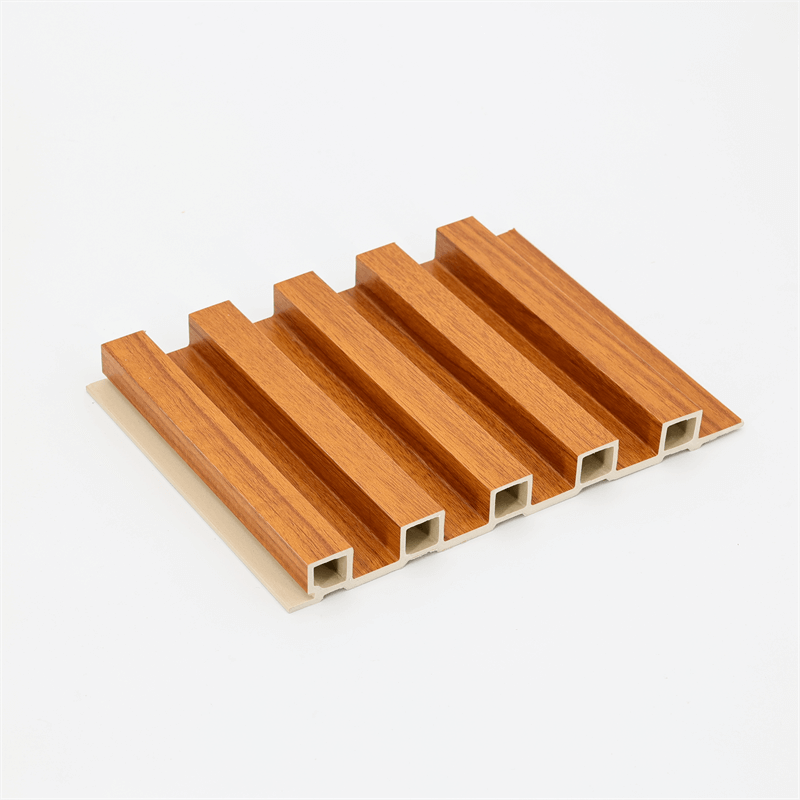In today’s world, the need for sustainable and eco-friendly building materials is more important than ever.
Homeowners are increasingly seeking environmentally conscious solutions for their homes, and WPC (Wood Plastic Composite) wall panels have emerged as a sustainable choice.
These panels offer a range of benefits, from reducing environmental impact to improving indoor air quality.
In this essay, we will explore the reasons why WPC wall panels are the sustainable choice for eco-friendly homes, discussing their advantages, applications, and environmental impact.
I. Advantages of WPC Wall Panels for Eco-Friendly Homes
A. Renewable and Recyclable Material WPC wall panels are made from a combination of wood fibers and recycled plastic.
The use of recycled materials reduces the demand for virgin plastic and minimizes waste.
Additionally, WPC panels can be recycled at the end of their lifespan, further reducing environmental impact.
B. Reduced Carbon Footprint Compared to traditional wood panels, the production of WPC wall panels has a lower carbon footprint.
By using recycled plastic and minimizing the need for deforestation, WPC panels contribute to reducing greenhouse gas emissions and combatting climate change.
C. Durable and Long-Lasting WPC wall panels are known for their durability, ensuring a long lifespan for homes.
Their resistance to rot, decay, and insect damage reduces the need for replacements or repairs, thus reducing waste generation.
D. Low Maintenance WPC wall panels require minimal maintenance, eliminating the need for harmful chemical treatments or excessive water usage.
They do not require painting, staining, or sealing, reducing the consumption of resources and the release of harmful pollutants into the environment.
II. Applications of WPC Wall Panels in Eco-Friendly Homes
A. Interior Wall Coverings WPC wall panels can be used as interior wall coverings in eco-friendly homes.
They provide a stylish and sustainable alternative to traditional paint or wallpaper. WPC panels can be installed in living rooms, bedrooms, or other interior spaces, enhancing the aesthetics while promoting sustainability.
B. Exterior Cladding WPC wall panels are also suitable for exterior cladding in eco-friendly homes.
They can be used to cover the walls of the house, providing insulation and protection against the elements.
The durability and resistance of WPC panels ensure the longevity of the exterior cladding, reducing the need for frequent replacements.
C. Sustainable Decking In eco-friendly homes, WPC wall panels can be used for decking applications.
They offer a sustainable alternative to traditional wood decking, as they do not contribute to deforestation and require less maintenance.
WPC decking is resistant to rot, splintering, and fading, providing a long-lasting and eco-friendly outdoor living space.
D. Sustainable Fencing WPC wall panels can be utilized as fencing materials, promoting sustainability in eco-friendly homes.
They offer privacy, security, and aesthetic appeal while reducing the use of traditional wood or metal fencing materials.
WPC fencing is resistant to moisture, rot, and insect damage, ensuring its durability and eco-friendly nature.
III. Environmental Impact of WPC Wall Panels
A. Reduced Deforestation By using WPC wall panels, the demand for wood from natural forests is reduced.
This helps preserve natural habitats and protect biodiversity, making WPC panels a sustainable choice for eco-friendly homes.
B. Decreased Landfill Waste WPC wall panels contribute to reducing landfill waste by incorporating recycled plastic into their composition.
By diverting plastic waste from landfills, these panels help minimize environmental pollution and promote a circular economy.
C. Improved Indoor Air Quality WPC wall panels are free from harmful chemicals, such as formaldehyde, which can be found in some traditional building materials.
By choosing WPC panels for interior applications, homeowners can improve indoor air quality and create a healthier living environment.
D. Energy Efficiency WPC wall panels can contribute to improved energy efficiency in homes.
The insulation properties of the panels help regulate indoor temperature, reducing the need for excessive heating or cooling.
This, in turn, reduces energy consumption and the associated environmental impact.
IV. Considerations for Choosing WPC Wall Panels
A. Product Certifications When selecting WPC wall panels for eco-friendly homes, it is important to consider certifications that ensure sustainable sourcing and manufacturing practices.
Look for certifications such as Forest Stewardship Council (FSC) or Program for the Endorsement of Forest Certification (PEFC) to ensure responsible wood sourcing.
B. Quality and Durability Choosing high-quality WPC wall panels ensures their durability and longevity.
Look for panels that are resistant to moisture, UV rays, and environmental factors to ensure they will withstand the test of time and minimize waste generation.
C. Proper Installation and Maintenance Proper installation and maintenance of WPC wall panels are crucial to maximize their sustainability benefits.
Follow the manufacturer’s guidelines for installation and choose eco-friendly cleaning products to minimize the environmental impact.
D. End-of-Life Disposal Consider the end-of-life disposal options for WPC wall panels.
Look for manufacturers that offer recycling programs or provide information on how to properly dispose of the panels to ensure minimal impact on the environment.

WPC wall panels offer numerous advantages that make them the sustainable choice for eco-friendly homes.
From their use of recycled materials to their durability, low maintenance requirements, and reduced environmental impact, WPC panels contribute to creating sustainable living spaces.
Whether used for interior wall coverings, exterior cladding, decking, or fencing, WPC panels provide an eco-friendly alternative to traditional building materials.
By incorporating WPC wall panels into their homes, homeowners can contribute to a greener future while enjoying the benefits of a stylish and sustainable living environment.


